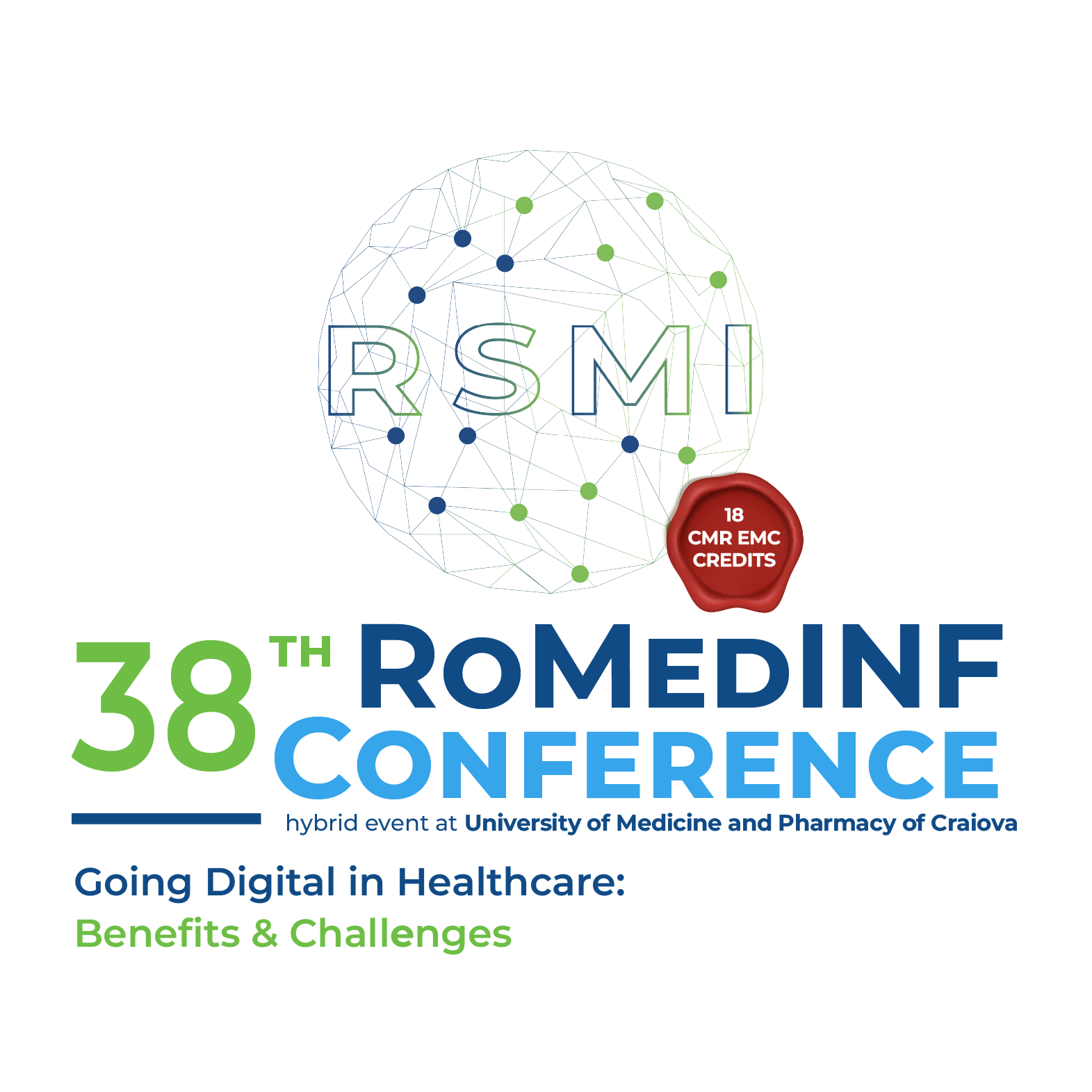Decoding the Microbial Spectrum: Bioinformatic Approaches for Viruses, Bacteria and Fungi
Keywords:
Bioinformatics, Sequencing, Viruses, Bacteria, FungiAbstract
Next-generation sequencing is one of the most used techniques for pathogen research such as that on viruses, bacteria and fungi. Bioinformatics plays a very important role for processing, analyzing and interpreting huge datasets, therefore providing complete insights into pathogen evolution, antimicrobial resistance, mobile genetic elements (MGE) composition, etc. These are key features that could contribute to disease control and surveillance or even understanding underlying mechanisms for transmission. For viral sequencing bioinformatics we use genome assembly, variant calling and phylogenetic analyses, among other approaches, for tracking outbreaks or for identifying various strains and understanding the role of some particular viral mutations. For bacterial sequencing bioinformatics, we use whole-genome, 16S- and shotgun-metagenomics sequencing approaches for subtyping, resistance genes and MGE identification, among other approaches. Comparative genomics as well as pan-genome analyses help us explain bacterial adaptations and other mechanisms that could contribute to pathogenicity. For fungal bioinformatics we face unique challenges due to larger and more complex genomes (e.g. multiple chromosomes), the novelty of the pathogen (e.g. C. auris) and other particularities such as carrying specific traits (e.g. copy number variations) with yet unknown roles due to scarce annotation data. Some of the methods used involve quality control filtering and trimming performed with HTStream and Trimmomatic, de novo assembly and reference mapping with tools like shovill or Snippy, antibiotic resistance predicted with ResFinder or CARD, pangenome analysis with Roary, taxonomy profiling with Metaxa2 or huge phylogenetic analyses on fungi performed with Pathogenwatch.
Downloads
Published
How to Cite
Issue
Section
License
Copyright (c) 2025 Marius SURLEAC, Ilda CZOBOR-BARBU, Simona PARASCHIV, Irina GHEORGHE-BARBU, Liviu-Iulian ROTARU, Dan OŢELEA, Mariana Carmen CHIFIRIUC

All papers published in Applied Medical Informatics are licensed under a Creative Commons Attribution (CC BY 4.0) International License.

